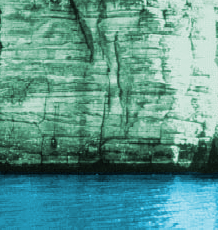Aquifers under siege
 The world's aquifers are silently bearing the brunt of climate change and human excess.
The world's aquifers are silently bearing the brunt of climate change and human excess.
A new study by an international research team casts a stark light on the future of global groundwater resources.
Through the analysis of approximately 170,000 monitoring wells across more than 40 countries, the study paints a picture of aquifers under siege, with declines of over 0.5 metres per year now a reality for the 21st century.
Aquifers, the underground reservoirs that serve as lifelines for farms, cities, and ecosystems, are facing unprecedented pressure.
The research team, led by Scott Jasechko and colleagues, found that up to 36 per ent of aquifers were depleting at a rate of 0.1 metres per year, while an alarming 12 per cent were plummeting at rates that exceed 0.5 metres annually.
Additionally, 30 per cent of these vital water sources have experienced accelerated depletion since the turn of the century, particularly in arid regions desperate for every drop.
Yet, amidst the dire predictions, there is hope.
The study reveals that 6 per cent of aquifers actually experienced an increase of 0.1 metres per year, with a further 1 per cent rising by 0.5 metres annually.
This positive trend is attributed to a variety of factors including reductions in groundwater consumption, the implementation of savvy groundwater policies, surface water transfers, changes in land use, and managed recharge projects.
These findings underscore the potential for recovery and sustainability through informed management and policy intervention.
However, the researchers caution against complacency, as the implications of these findings are profound, touching on every facet of life that depends on groundwater.
From parched farms that feed nations to the bustling cities that drink from these hidden reserves, the call for action is clear.
The full study is accessible here.








 Print
Print